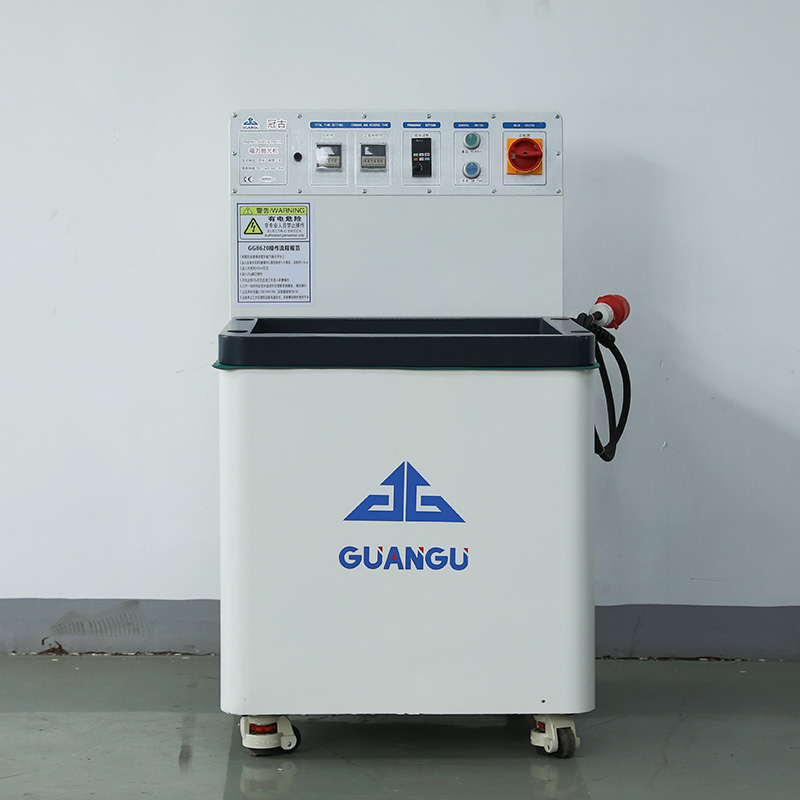Metal mold is a seemingly contradictory but real phenomenon. In a humid environment, a layer of tiny mold spots will form on the metal surface. These mold spots will not only affect the appearance of metal products, but also cause substantial damage to their performance. This phenomenon is particularly common in precision instruments, medical devices and high-end electronic products, and has become a thorny problem that plagues the manufacturing industry.
1. The truth about metal mold
The mold on the metal surface is not a qualitative change in the metal itself, but is caused by the attachment and growth of mold spores in the environment on the metal surface. In an environment with a humidity of more than 60%, these spores will form a mycelium network on the metal surface and combine with moisture and dust in the air to form visible mold spots.
The microstructure of the metal surface provides an ideal place for mold growth. Even on a precision-processed metal surface, there are still a large number of uneven pores on a microscopic scale, which become a hotbed for mold growth. Especially in an environment containing trace organic matter, mold is more likely to colonize on the metal surface.
The impact of mold on metal performance cannot be ignored. The organic acid secreted by mold can corrode the metal surface, resulting in a decrease in the dimensional accuracy of precision parts. In electronic components, mildew may cause circuit short circuits, seriously affecting the reliability of the equipment.
2. Limitations of traditional treatment methods
Chemical cleaning is a common method for treating metal mildew, but the use of strong acids and alkalis may damage the metal matrix, especially for precision parts, chemical cleaning is often not worth the cost. Although mechanical polishing can remove mildew spots, it will scratch the surface of the workpiece and affect the surface finish.
These traditional methods all have obvious defects: the treatment effect is not thorough, and mold spores may remain; the treatment process may change the size of the workpiece and affect the performance; the treated surface is more likely to mold again, forming a vicious cycle.
In the field of medical devices and food processing equipment, traditional treatment methods may also introduce new sources of pollution and bring safety hazards. These limitations have given rise to the need for new solutions.

3. Breakthroughs in magnetic polishing technology
guangu Magnetic polishing machine uses high-frequency magnetic fields to drive stainless steel needles to produce regular movements, removing surface pollutants through millions of tiny impacts. This non-contact processing method does not cause mechanical damage to the surface of the workpiece and is particularly suitable for processing precision parts.
Compared with traditional methods, magnetic polishing has significant advantages: no chemical reagents are used in the processing process, which is more environmentally friendly and safe; it can completely remove mold spores and prevent secondary pollution; the treated surface forms a dense oxide layer with better anti-mildew performance.
In practical applications, Guan Gu magnetic polishing machine has successfully solved many industry problems. After a medical device manufacturer adopted this technology, the product qualification rate increased by 30% and the maintenance cost decreased by 50%. In the field of watchmaking, magnetic polishing improves the surface finish of parts by two levels, significantly improving product quality.
Metal mildew prevention is a systematic project that requires all-round control from material selection, surface treatment to storage environment. The emergence of magnetic polishing technology provides a new solution for mildew prevention of metal products, but its promotion and application still requires the joint efforts of the entire manufacturing industry. With the continuous advancement of technology, I believe that the problem of metal mildew will eventually be completely solved.